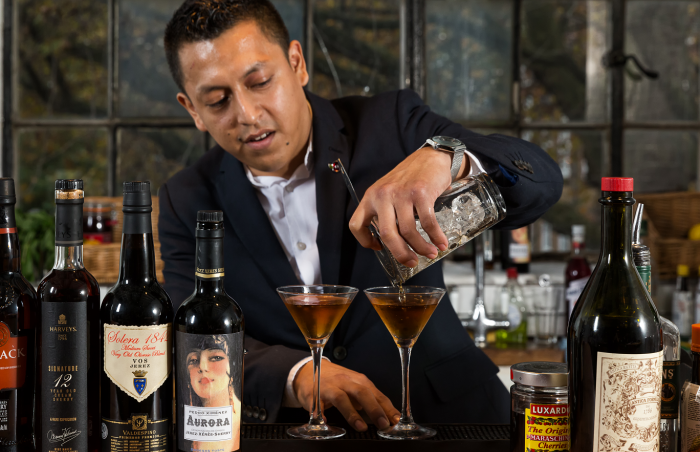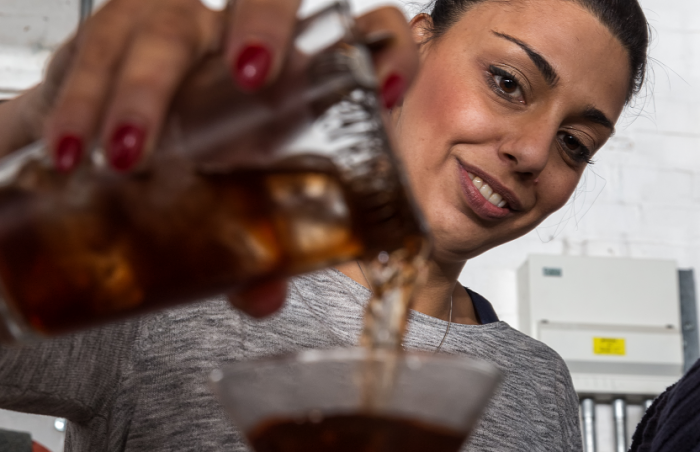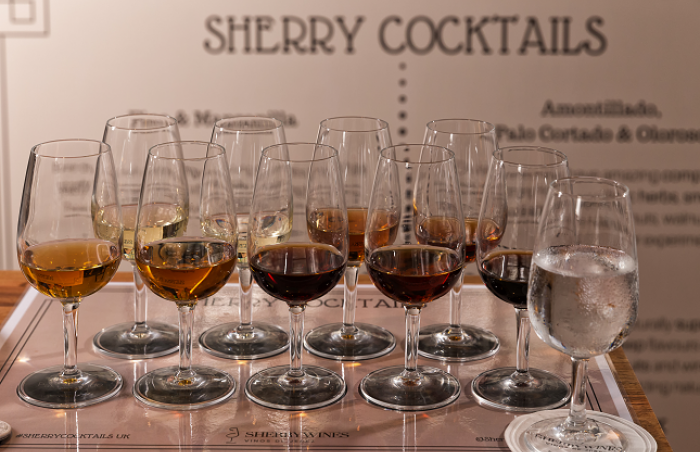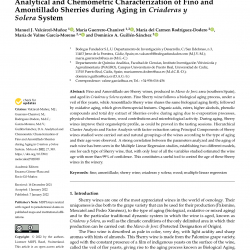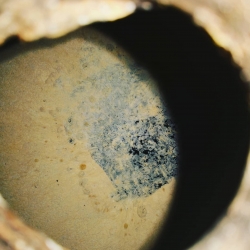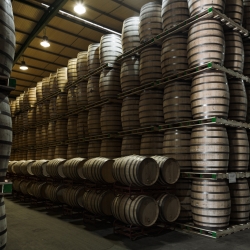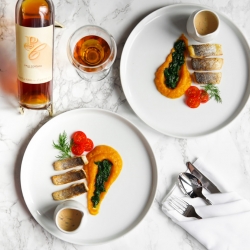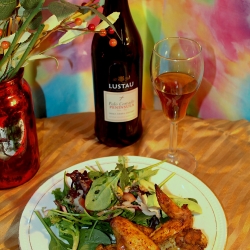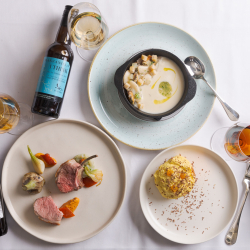The Sherry Cocktail Revival
“Sherry, good sherry, still remains among the first loves on the palate of the connoisseur although, perhaps, its more general popularity is not now so great as it was fifty years ago.” So wrote the peerless Harry Craddock in ‘The Savoy Cocktail Book’ in 1930. Plus ça change Harry.
Perhaps there is little surprise that he should write about sherry. The Savoy, after all, is exactly where one would expect sherry to be drunk in those days. These days as well, come to think of it. It might seem a little more surprising to see a bartender including sherry is a cocktail book, however, but by Harry’s time sherry already had 100 years of back story as an ingredient in mixed drinks.
Any time I’m asked to write a history-based piece I’ll double check with books written by those who know more than me. If there is anything sherry related that means having a riffle through ‘Sherry, The Noble Wine’ by the late Manuel Gonzalez Gordon.
An elegant examination of all aspects of sherry’s history and production, it was written at a time when sherry could still lay proud claim to its noble status, a refined drink taken by those of impeccable taste and intellectual bent.
It is not the book therefore where you expect, after appendices on gypsum, the chemistry of fermentation, and ammonia use in cask seasoning, a section on ‘Mixed Drinks With Sherry’.
Our author points out that mixed sherry drinks were popular from Dickens’ time. The sherry cobbler [sherry, sugar, ice, orange slice] was one of the first mixed drinks, appearing not only in Jerry Thomas’ ‘How to Mix Drinks or The Bon-Vivants Companion’, a year after the same drink had made an appearance in Mrs Beeton's ‘Household Management’.
The other major Dickensian sherry drink was the Negus, a simple sherry punch [lemon rind, sugar, the juice of two lemons, a bottle of medium sherry, a pint of boiling water, with nutmeg grated on the surface].
Like most of these proto-cocktails, the recipes were not complex - even if the results could be. Harry Johnson’s Sherry Cocktail from 1882 is little more than a wineglass of sherry, dashes of maraschino and Boker’s bitters, stirred over ice and served up with a lemon twist.
By this time, however, bartenders were beginning to utilise another wine-based ingredient - vermouth. It would open a new realm for cocktails. The two drinks’ stories have been intertwined ever since. They came together in the creation of the Bamboo [3 parts fino, 1 part dry vermouth, orange bitters] allegedly the first cocktail to be made in Japan. In Yokohama’s Grand Hotel to be precise. You can get one poured from a venencia into your glass at Tokyo’s Bar High Five, but those loose instructions: vermouth, sherry, bitters allows you many possibilities: Sweet or dry vermouth, fino or oloroso sherry, what bitters - and what ratios? Cocktails are about improvisation, so go ahead.
If sweet vermouth is used you enter Adonis territory [equal parts oloroso and sweet vermouth, orange bitters]. Dating from the 1880s, it’s there on page 2 of Craddock’s ‘Savoy Cocktail Book’.
The key to all of these is simplicity, which isn’t a bad starting point for mixing with sherry. It’s a good thing to bear in mind when mixing any drink to be honest. Why not make a refreshing long, low-strength, drink with fino or amontillado, soda, a dribble of honey, and some citrus. If fino is a proven asset to a Bloody Mary, then why not take the hard liquor out and use it as the base?
The important thing is to really know the sherry you are using. This is an intense wine - it has acidity, bittersweet elements, brightness, citric notes, nuttiness, dried fruits. Using sherry means understanding how each sherry’s personality will interact with the base spirit - what elements it can amplify, which it can complement, others which it might set up in opposition to and add extra complexity.
Fino and manzanilla will add brightness and verve, PX will give depth and a raisined richness; amontillado and oloroso will give nuts, acidity and dried citric notes.
Sherry can also work with a wide range of spirits. Agave spirits have natural links: the sweet, spicy, pear-accented notes of tequila, mezcal’s smoke, minerality, and zingy acidity. There’s obvious links there with fino and manzanilla, but you must be careful not to make the drinks where the flavours replicate each other. Fino’s energy works with tequila reposado, while amontillado or palo cortado will give extra depth when paired to a mezcal.
Gin, too, is a great partner, something which has been appreciated from the late 19th century. Again we’re back to sherry as alt.vermouth with fino or manzanilla (or manzanilla pasada for bigger gins) working brilliantly instead of dry vermouth in a Martini.
If you want to head into denser and more wintery drinks, then either split the vermouth part of a classic recipe and replace it with PX, or take the vermouth out completely and use the sherry in its place.
This then opens up opportunities for sherry being used in aged rum drinks, though make sure that the rum itself isn’t overly sweetened. The Affiliate (created in 2013 by the great Charles Joly) uses 45ml aged rum, 22ml fino, 22ml Cherry Heering, and three dashes each of Angostura, and orange bitters.
From there its hardly a giant leap to using PX, or an East India style sherry in Scotch-based, Manhattan-style drinks, though here again you always need to keep an eye on having citric and bittering elements and not allowing things to become too cloying. Smoky whiskies work particularly well.
The more you look the greater the possibilities are, and they can be taken into extreme territories. Here’s one from those outer limits.
Take a pint of mashed gooseberries, 170cl water, and 340grams of sugar and allow to ferment for three days. Then take the mixture and put it into a small cask and for every 4 gallons of the ‘wine’, add 30cl each of whisky and sherry. Seal the cask and allow to mature for six months.
The creation of some smart new barkeep? No, this is Meg Dod’s ‘Best White Gooseberry Champagne’ from 1831. Plus ça change!
To read more in this series of guest blogs, click here.
The views and opinions expressed in this article are those of the authors and do not necessarily represent those of El Consejo Regulador.


08 December 2016



